CMA Press
The Living Jazz Tradition
The Living Jazz Tradition
Couldn't load pickup availability
'A Creative Guide to Improvisation and Harmony' is a jazz improvisation textbook suitable for musicians ranging from beginners to advanced players. Offering accessible and engaging material, the book invites students of all levels and musical backgrounds to explore the boundaries of their artistry. From playing by ear to mastering technical elements, the textbook presents organic approaches to improvisation, emphasizing rhythm, groove, and creative expression. Concepts introduced at the beginning are seamlessly integrated throughout the book. Practice points labeled as 'Woodshed' guide students in applying the information and building confidence.
Share

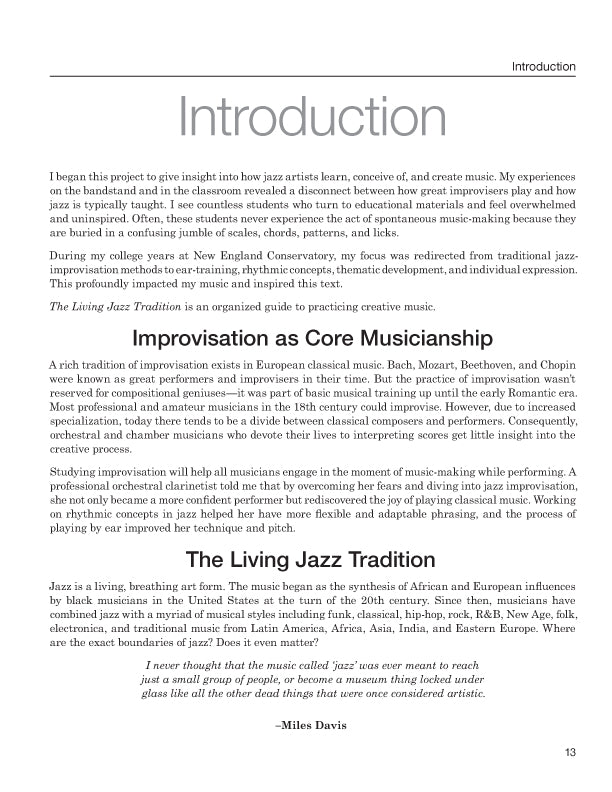
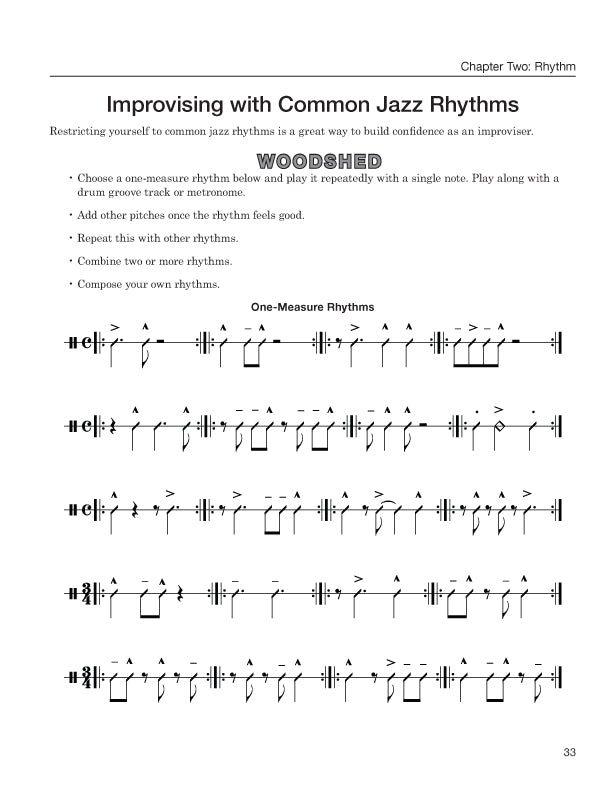

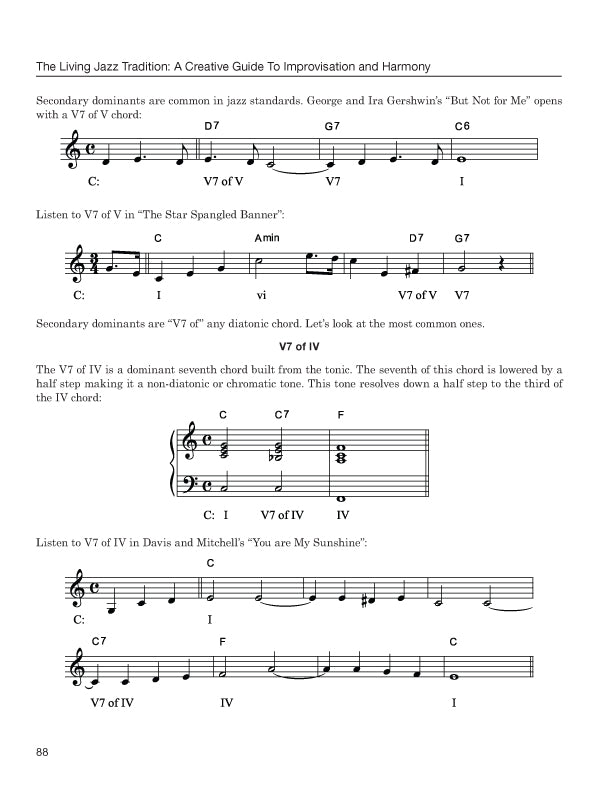
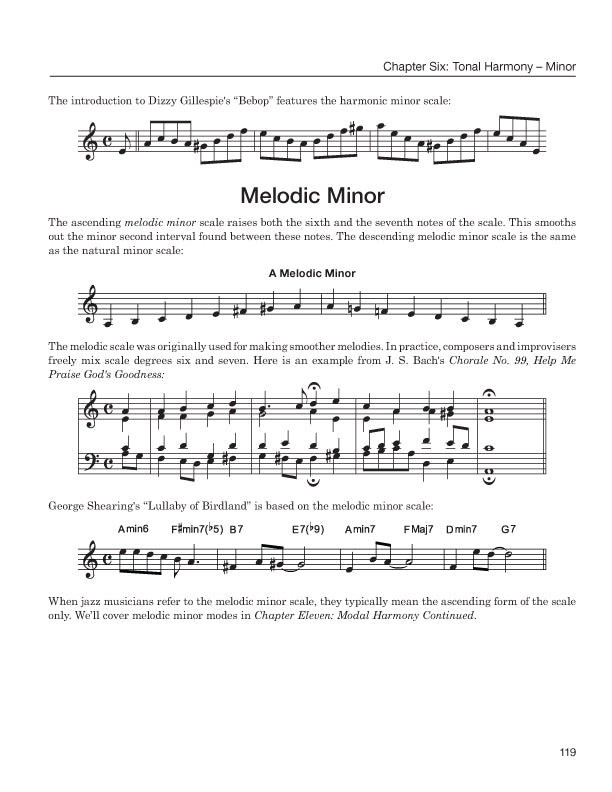
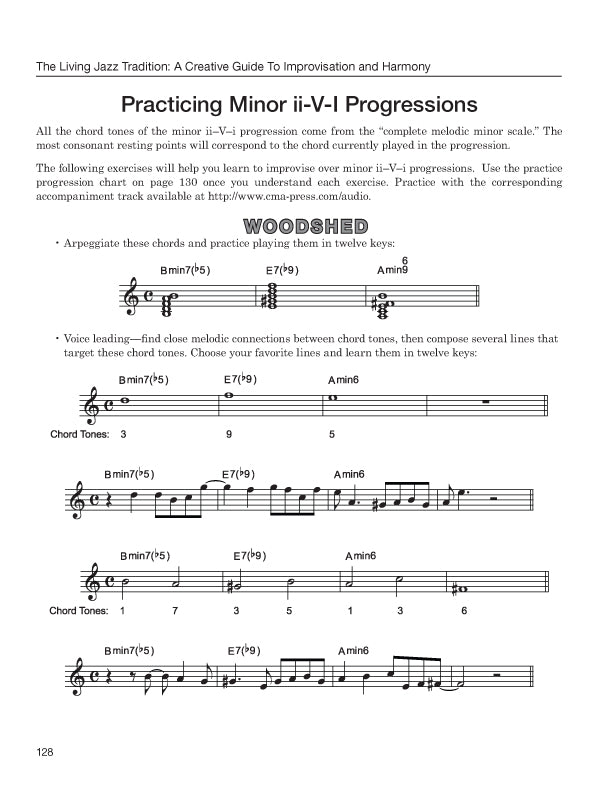
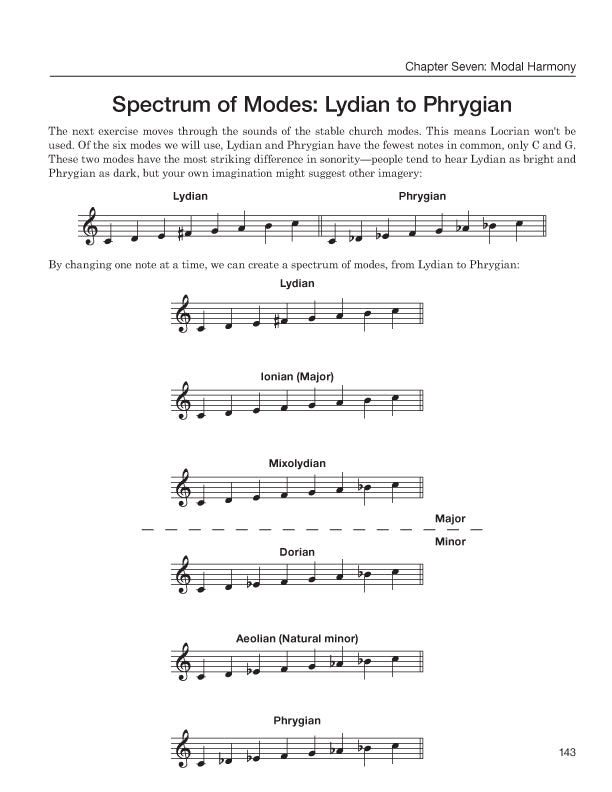

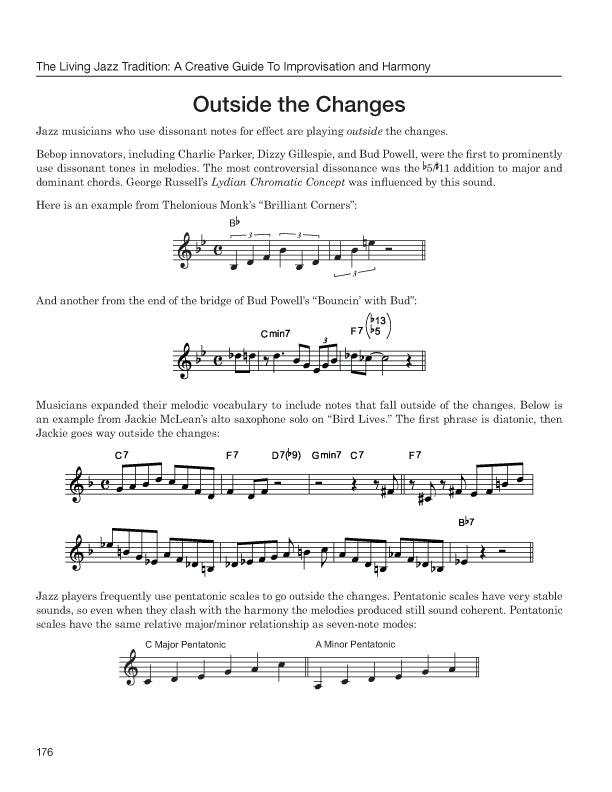
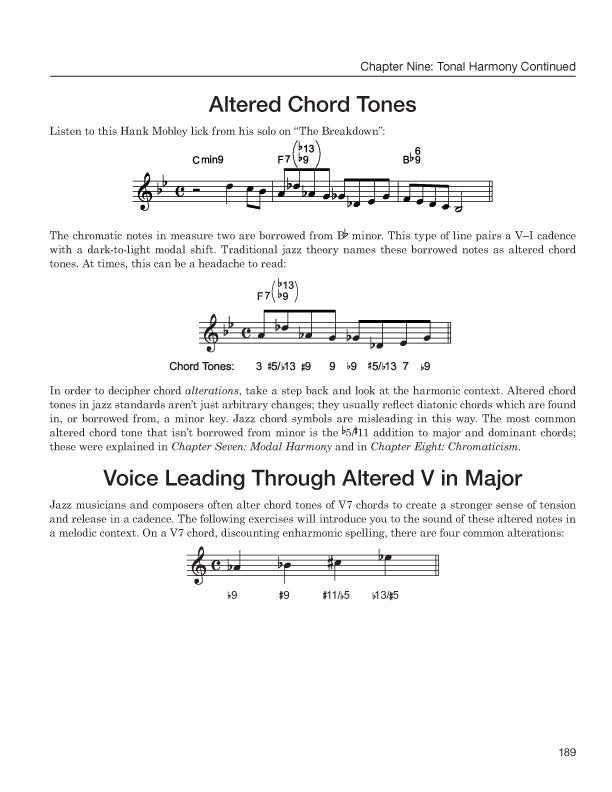
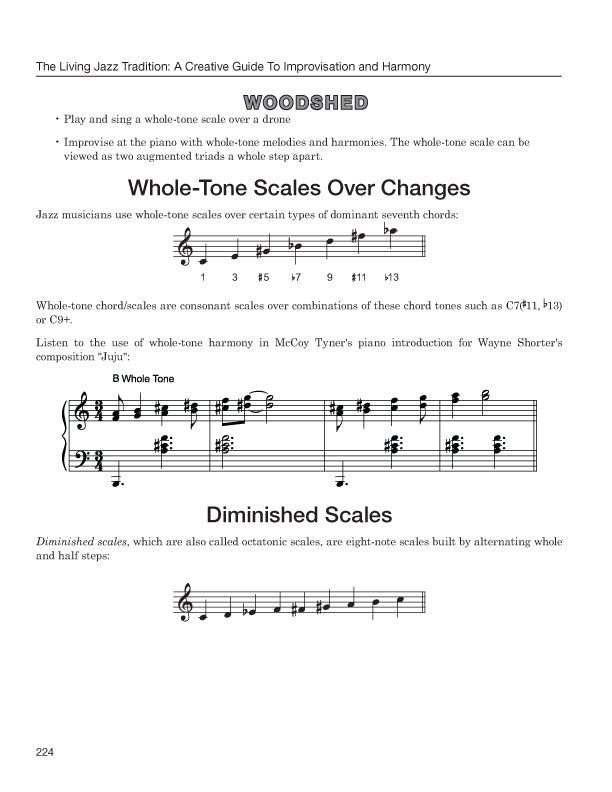
"The Living Jazz Tradtion" Testimonials
Wayne Horvitz
"Steve Treseler has produced a truly brilliant book. His approach is so simple, so common sense, as to seem almost mundane, but nothing could be farther from the truth. Mr. Treseler simply advocates for using the appropriate music theory for the
job at hand, whatever that might be. One is tempted to ask why no one thought of this before! Since the book is oriented toward jazz, this means using traditional chord theory for music in earlier musical styles, and applying more modern “chord/scale theory” only when it is applicable. He applies the same accessible, no-nonsense approach to rhythm, ear-training, and more conceptual issues like creativity and expression.
That being said, I think the approach of this book would be useful for anyone teaching or learning music theory, in any style of music, including classical. The critique of certain schools of thought in jazz pedagogy can be applied across the board. Essentially traditional diatonic/tertiary harmony (that is the study of chord structures, chord relationships, chord tones, leading tones, etc.) is still the best tool to approach music from Mozart to Charlie Parker to the Beatles. Then at some point we need new language to describe music that leaves this behind. For the aspiring improviser, songwriter, and composer this is a refreshingly sound approach.
What strikes me is this book's basic premise: the divisions between jazz or rock or classical or country music are, for the most part, stylistic, and they all share a common approach to harmony, and all use slightly different nomenclature to describe exactly the same functions. Where the difference really lies, at least within the confines of music based on equal temperament, is between what one might call “diatonic-based” harmony and “modernism,” be that the music of Stravinsky, Webern, Coltrane, Cage, or Sonic Youth.
Arnold Schoenberg didn’t create an entirely new theoretical approach to be a pain in the butt; he created it in order to facilitate the music he wanted so passionately to compose. Throwing the baby out with the bath water was not the point, and should not be the point of any “modern” theory of music. Mr.
Treseler has found a way to explain a tremendous amount of information in a very accessible way. His approach is never simplistic, but always easy to understand."
Wayne Horvitz Piano and keyboards with John Zorn, Bill Frisell and Naked City
Jerry Bergonzi
“The Living Jazz Tradition gives definition to many jazz subjects that are not discussed in mainstream jazz education. It is tremendously
informative about conventional and abstract topics of jazz. I recommend it highly.”
Jerry Bergonzi Blue Note, Red, Double-Time, Savant recording artist. Faculty at New England Conservatory. Author of Inside Improvisation series.
Chris Bruya
“Over the last several years, I had noticed that my students rarely made significant strides improvisationally, and I discovered a huge hole in our department curriculum: weak ear training. Using the most popular jazz improvisation method book at the time didn’t help either, as the emphasis was on theory, not on how things sounded. I knew I needed to make a change in our curriculum. It was about this same time that I met Steve Treseler and got a look at his soon-to-be-released text. I was so excited by what I saw in this book that I committed to using it with our improvisation course the next fall.
Steve Treseler’s book, The Living Jazz Tradition, has been the best thing for me and my students. I am hearing consistent and measurable progress and the students are so inspired that they can’t wait to come to class and share what they have found out about their own playing.
The method is so simple yet so thorough, built upon the great learning tradition of the jazz world, but the best part is that it can be adapted as needed to use with
individuals up to large classes. The enclosed accompaniment tracks are well done and VERY useful. The emphasis on ear training, time-feel, and phrasing are first-rate. I can’t imagine teaching improvisation any other way.”
Chris Bruya Director of Jazz Studies at Central Washington University
Dick Oatts
“I’m very impressed with Steve’s book. His approach is practical and common sense—a perfect way for musicians of all levels to enjoy the art of improvising in life and music. I look forward to using it with my students. Steve’s approach offers a fresh direction, which inspires individuality.”
Dick Oatts Saxophone with Thad Jones/Mel Lewis
Orchestra, Vanguard Jazz Orchestra. Steeplechase recording artist.
Faculty at Temple University.












